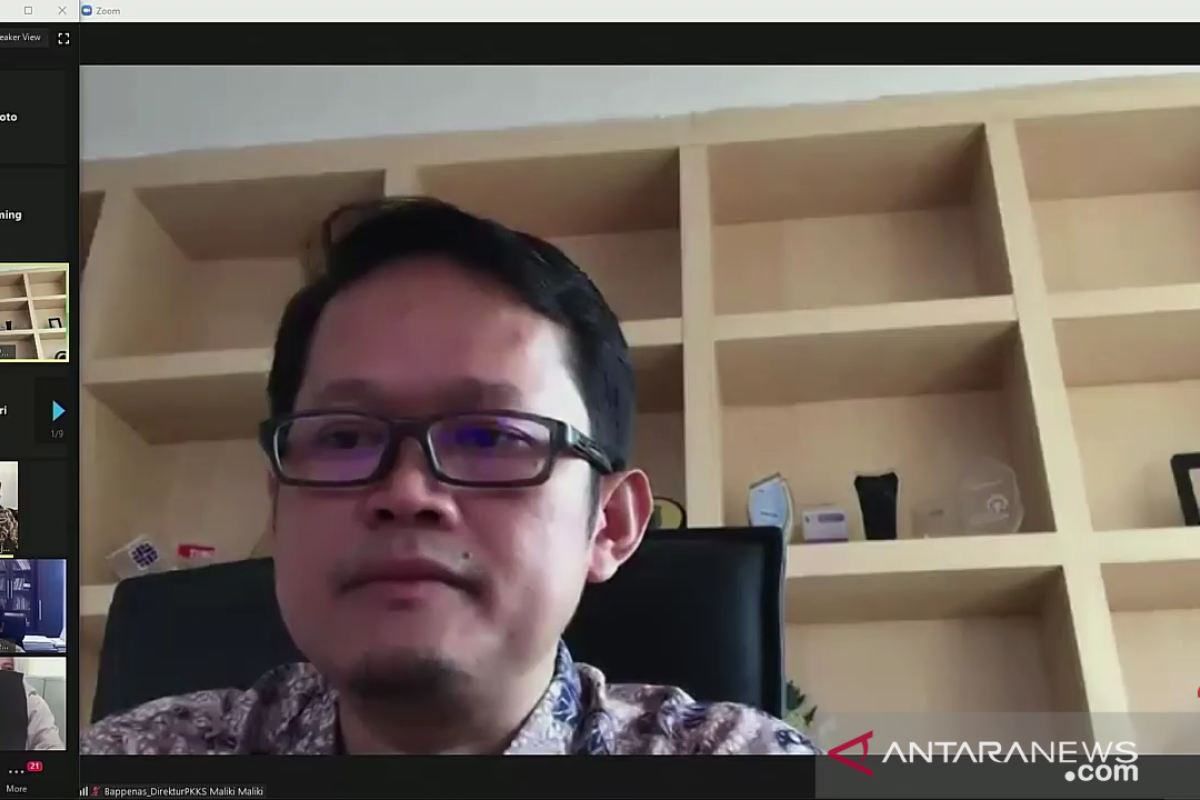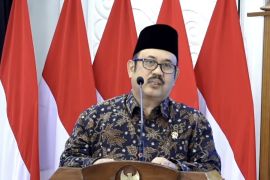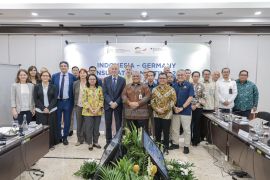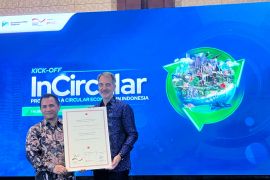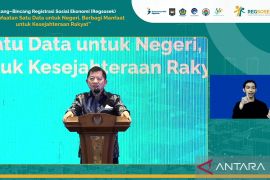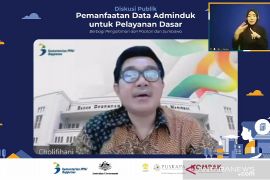The government's intervention will not only repress the increase in the poor population but also usher in economic recovery.Jakarta (ANTARA) - Governmental intervention to disburse social assistance amid the COVID-19 pandemic will curb the increase in the poor population, with the newly poor expected to reach 1.2-2.7 million, National Development Planning Ministry/National Development Agency (Bappenas) stated.
"The government's intervention will not only contain the rise in the poor population but also usher in economic recovery. It can limit the increase in the number of poor to only some 26 million to 27.5 million," the Agency's Director for Poverty Eradication and Social Welfare Maliki stated during a webinar here on Wednesday.
The poverty rate after the COVID-19 pandemic is expected to lie in the range of between 9.7 to 10.2 percent of the total population in the 2020 outlook.
Without the government's intervention, the number of poor could reach 28.7 million, or 10.63 percent of the total populace, under the worst-case scenario of economic growth at minus 0.4 percent in 2020, increasing 3.9 million as compared to the poverty rate in September 2019 at 9.22 percent of the population, or 24.79 million people.
The government's intervention covered various programs including the distribution of essentials, expansion of the Family Hope Program (PKH), Cash Transfer Assistance (BLT) sourced from the Village Funds, and cash social assistance from the Social Affairs Ministry.
The budget allocated for these social security programs had reached Rp203.9 trillion, of the total Rp695.2 trillion of the COVID-19 handling budget.
The government has encouraged local governments to utilize the system of budget planning, monitoring, evaluation, and integrated poverty analysis, or "Sepakat," to obtain a more adaptive budget planning based on the evaluation of the social and economic impacts of the COVID-19 pandemic.
Hence, region-wise budget planning could be made on the basis of the target and data of beneficiaries by name and address.
"Sepakat" was released by Bappenas in 2018 using the digitized village monograph. As of now, the system has only been applied in 129 districts and cities and seven provinces in the country.
In its 2020-2024 National Medium-term Development Plan, the government has targeted the system to be used in all provinces, districts, and cities across the country.
"With Sepakat, in future, we can reduce the poverty rate, and at the end, we can achieve zero poverty in 2024," he added. Related news: COVID-19 will push up Indonesia's poverty rate: VP
Related news: Government prioritizes efforts to curb stunting, poverty rates
Translator: Dewa Ketut SW, Sri Haryati
Editor: Rahmad Nasution
Copyright © ANTARA 2020
